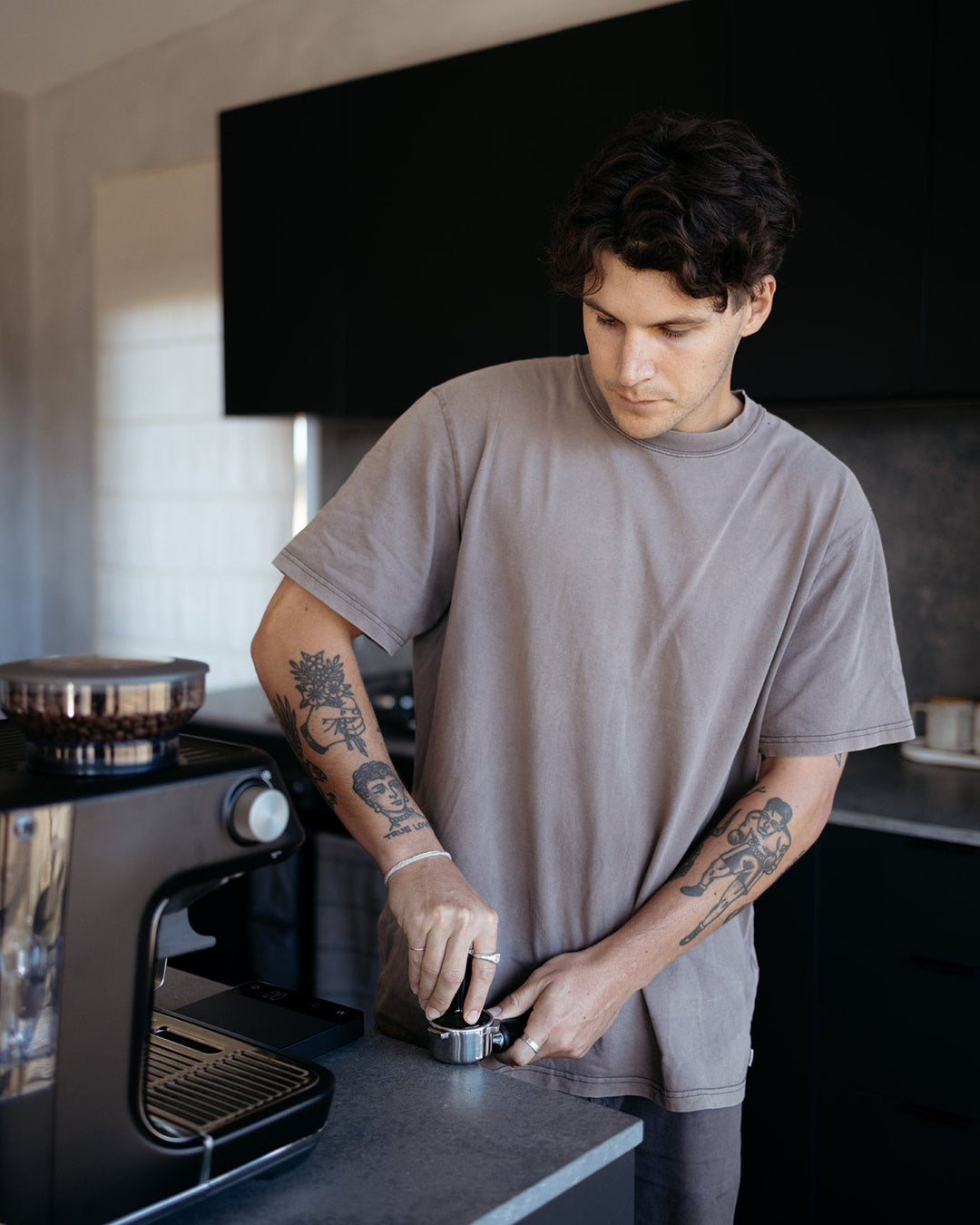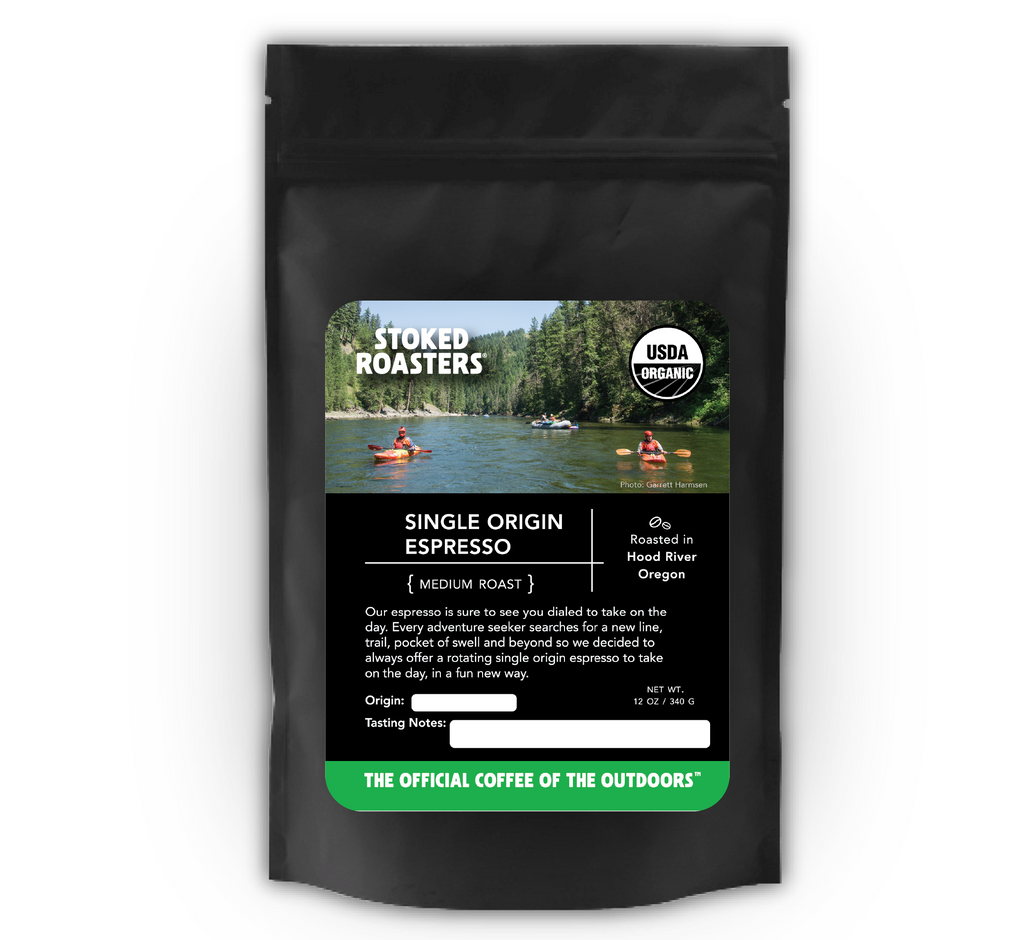Coffee Beans Uncovered: Uncovering the Keys of Espresso and Blended Coffee Beans
When you believe about coffee, what comes to mind? Is it the abundant scent of espresso or the complexity of a well-crafted blend? Understanding the subtleties of coffee beans can change your experience.
The Beginnings of Coffee: A Historical Perspective
Although espresso is currently a staple in coffee culture worldwide, its origins trace back to the early 20th century in Italy. In 1901, Luigi Bezzera patented the first espresso maker, aiming to brew coffee faster than traditional approaches.
Understanding Espresso Beans: Ranges and Characteristics
When you believe regarding coffee, it's important to recognize the different bean varieties and their one-of-a-kind flavors. Each kind brings an unique personality to your cup, affected by elements like roast degrees. Comprehending these components can raise your espresso experience considerably.
Espresso Bean Varieties
As you discover the globe of espresso, you'll quickly find that not all beans are developed equal; each selection brings its own distinct tastes and attributes to your mug. The most preferred types include Arabica and Robusta. Arabica beans are recognized for their smooth, nuanced tastes and reduced caffeine material, making them a favored among coffee aficionados. On the various other hand, Robusta beans pack a stronger strike with greater high levels of caffeine and an extra bitter taste, typically preferred in blends for their crema-enhancing qualities. You could likewise come across specialty beans like Liberica and Excelsa, which use distinct profiles and are less common. Each selection supplies something different, so exploring will help you find your ideal espresso.
Flavor Profiles Discussed
Understanding the taste accounts of various espresso beans can elevate your coffee experience. Each bean range offers distinct qualities that influence mouthfeel, preference, and scent. Arabica beans frequently provide a sweeter, more complicated flavor with tips of fruit and floral notes, while Robusta beans have a tendency to be bolder, with earthy and nutty undertones.
When you check out single-origin beans, you might uncover distinctive regional tastes-- Central American beans may be citrusy and intense, whereas Italian blends often deliver rich, chocolatey notes.
Roast Degrees Impact
Roast levels play a crucial duty in forming the taste and scent of espresso beans, influencing your total coffee experience. With light roasts, you'll discover brilliant level of acidity and more obvious fruity notes. As you transfer to tool roasts, you'll appreciate a balanced profile that showcases sweet taste and complexity. Dark roasts, on the various other hand, usually existing rich, strong flavors with a smoky surface, yet they can mask the beans' inherent features. Recognizing these roast levels assists you pick the coffee that suits your preference preferences. Explore various roasts can bring about fascinating explorations, improving your admiration for espresso. So, don't hesitate to explore numerous roast degrees and locate your perfect mug!
The Art of Mixing: What Makes Blended Coffee Special
What makes blended coffee so remarkable? It's everything about the art of integrating beans from different beginnings, roast degrees, and taste profiles. When you mix, you're not just mixing; you're creating an unified balance that highlights the strengths of each bean. You can trying out various combinations to enhance body, sweet taste, and level of acidity, resulting in a mixture that's richer and extra complicated than a single-origin coffee.
Plus, mixing can help keep consistency, using a reliable taste experience no matter of seasonal variations in beans. Whether you're a home or a barista maker, grasping the art of blending opens up a globe of imagination and taste possibilities, making your coffee experience genuinely special.
Flavor Accounts: Sampling Notes of Coffee vs. Blended Coffee
Blended coffee uses a world of flavor opportunities, however when it comes to espresso, you're considering a much more concentrated experience. Coffee commonly showcases strong, abundant flavors with a thicker mouthfeel. You may notice notes of dark chocolate, sugar, or also tips of fruit, depending upon the beans. The strength can be both rejuvenating and satisfying.
On the other hand, mixed coffee offers a complicated tapestry of flavors. You can check out a range of tasting notes, from nutty and pleasant to flower and fruity. Each mix can use something unique, commonly incorporating beans from various areas to create a balanced account.
While espresso supplies a strike, mixed coffee welcomes you to relish the subtleties. Whether you like the robust stamina of coffee or the complex flavors of combined coffee, each mug informs its very own tale, awaiting you to uncover.
Developing Techniques: Perfecting Your Coffee Shot
To achieve the perfect coffee shot, recognizing the developing methods is necessary, as also minor modifications can substantially influence the flavor and quality. Start by utilizing fresh, top quality coffee beans; grind them right before brewing for maximum taste. Go for a great grind, concerning the uniformity of salt, to ensure ideal removal.
Following, take notice of your water temperature level; it needs to be between 195 ° F to 205 ° F. Too too cold or hot can destroy your shot. Usage about 18-20 grams of coffee for a dual shot, and tamp it uniformly with firm stress to produce a consistent puck.
Ultimately, manage your extraction time; goal for 25-30 seconds. A longer removal can cause bitterness, while also brief can lead to sour tastes. Practice these strategies constantly, and you'll refine your abilities, achieving that abundant, robust espresso shot you yearn for. Take pleasure in the journey!
The Duty of Roast Degrees in Coffee and Blended Coffee
After mastering the brewing techniques for espresso, it's time to consider exactly how roast degrees influence the flavor account of your coffee. Light roasts have a tendency to highlight the coffee's origin, using intense acidity and fruity notes, while tool roasts equilibrium acidity and sweet taste, creating an all-round taste.

Discovering Sustainability: Honest Sourcing of Coffee Beans
When you choose coffee, you're not simply picking a flavor; you're making an option concerning the effect on farmers and the atmosphere. Comprehending Fair Profession practices, natural farming approaches, and certification requirements can help you sustain sustainable coffee sourcing. Allow's discover exactly how these variables add to an extra honest coffee experience.
Fair Profession Practices
Fair Trade techniques play an essential function in making sure that coffee beans are sourced ethically and sustainably. When you select Fair Trade coffee, you support farmers that receive fair incomes and work in risk-free problems. This dedication to honest sourcing helps battle destitution and promotes neighborhood growth in coffee-growing areas. You'll Single Origin Espresso find that Fair Trade certification likewise urges eco pleasant farming methods, as manufacturers are incentivized to secure their land and resources. By choosing Fair Profession brands, you're not just taking pleasure in an abundant mug of coffee; you're making a favorable influence on the lives of those who grow it. Your option matters, and it links you to a worldwide motion concentrated on fairness and sustainability in the coffee industry.
Chemical-free Farming Techniques
As you check out the world of ethical coffee sourcing, chemical-free farming methods become a necessary component of sustainability. By picking natural coffee, you sustain techniques that focus on soil wellness, biodiversity, and natural communities. Farmers stay clear of artificial chemicals and fertilizers, relying instead on all-natural garden compost and crop rotation to improve soil fertility. This not only secures the atmosphere but additionally boosts the quality of the coffee you delight in. Chemical-free farming encourages regional wild animals and advertises a balanced ecosystem, lowering the possibilities of disease and pests. Additionally, it frequently leads to stronger, healthier coffee plants, resulting in richer tastes in your cup. When you choose organic coffee, you're making a conscious option that benefits both the planet and your taste.
Qualification Criteria Explained
Recognizing certification requirements is vital for anyone thinking about ethically sourced coffee. These criteria, such as Fair Trade, Jungle Partnership, and USDA Organic, guarantee that coffee is expanded under lasting methods. You support farmers who stick to honest labor methods and ecological defense. when you select accredited coffee.
Fair Profession certification concentrates on providing fair earnings and working conditions, while Jungle Alliance stresses biodiversity and community preservation. USDA Organic ensures that no artificial fertilizers or pesticides are used. By acquainting on your own with these qualifications, you can make informed selections that align with your values. Next time you're at your regional coffee shop or food store, look for these tags, and really feel good understanding your coffee acquisition positively impacts neighborhoods and the environment.
Regularly Asked Inquiries


Exactly How Does Altitude Affect the Growth of Coffee Beans?
Elevation impacts coffee bean growth by affecting temperature and environment. Higher elevations typically generate denser beans with more complicated flavors, while reduced altitudes can lead to faster development but less delicious outcomes. You'll taste the difference!
What's the Difference In Between Arabica and Robusta Beans?
Arabica beans are sweeter and much more intricate, while Robusta beans have a more powerful, harsher flavor with greater caffeine web content. You'll discover Arabica chosen for specialty coffees, whereas Robusta's often utilized in instant coffee and coffee blends.
Can Coffee Beans Spoil or Lose Taste Over Time?
Yes, coffee beans can go poor and lose flavor with time. If you keep them improperly or maintain them too long, they'll wither. Constantly maintain your beans in an impermeable container away from light and dampness.
What Are the Health Conveniences of Drinking Coffee?
Consuming espresso increases your energy, enhances psychological clarity, and may reduce the danger of specific diseases. It's rich in antioxidants, supports metabolic process, and can enhance mood, making it a valuable selection for your day-to-day routine.
Just How Does Water Top Quality Effect Coffee Extraction?
Water top quality considerably affects espresso extraction. It influences the solubility of tastes and oils, influencing preference and fragrance. Utilizing filtered water can improve your coffee, making certain a satisfying and well balanced mug every time you make.
Coffee Beans Uncovered: Finding the Secrets of Espresso and Blended Coffee Beans.
Recognizing the flavor accounts of various espresso beans can boost your coffee experience.Roast degrees play an important role in shaping the taste and fragrance of espresso beans, affecting your general coffee experience (SOE).Combined coffee supplies a world of flavor opportunities, yet when it comes to espresso, you're looking at a much more focused experience.After understanding the developing methods for coffee, it's time to ponder how roast levels influence the taste account of your coffee
Comments on “The Coffee Lover’s Guide to SOE Single Origin Espresso Varieties”